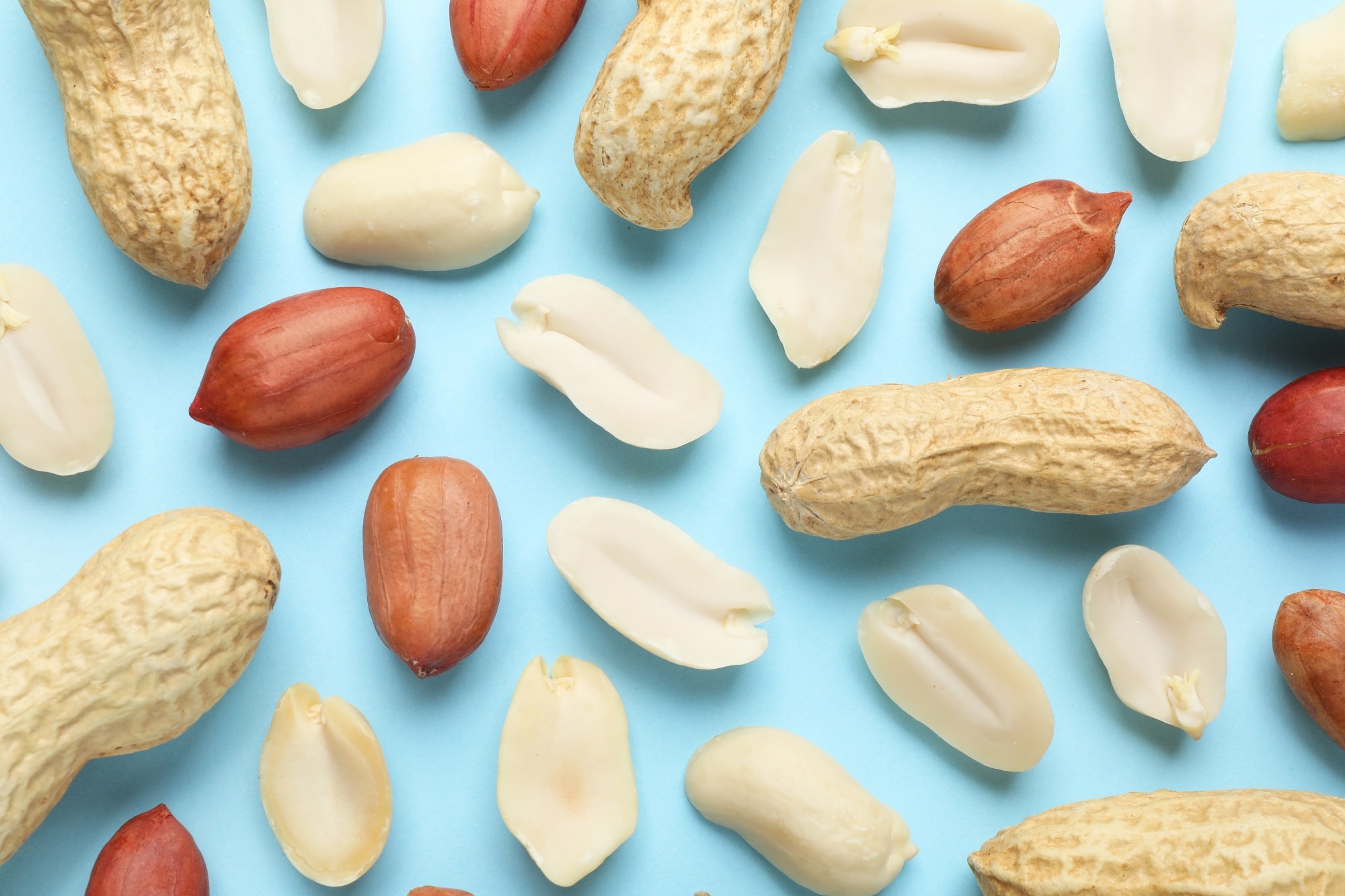Medicine: Intestinal surface area doubles during pregnancy and breastfeeding


Keystone
The intestine undergoes massive changes during pregnancy and breastfeeding. This leads to an approximate doubling of the intestinal surface area and a striking structural remodeling, as researchers at the Medical University of Vienna have discovered.
The researchers led by Josef Penninger also provided the first genetic and mechanistic evidence of how these intestinal changes occur. The study is published in the renowned journal “Nature”.
The investigations were carried out on genetically modified mice and intestinal organoids from mice and humans – self-organized three-dimensional tissues derived from intestinal stem cells. At the mechanistic level, the researchers identified the RANK receptor/RANK ligand system (RANK/RANKL) as the key to the enlargement of small intestinal villi, which is controlled by sex and lactation hormones. In mice lacking the RANK/RANKL system in the intestine, the enlargement of the intestinal villi was significantly impaired during pregnancy and lactation.
Important for the baby’s nutrition
The RANK/RANKL system as an important motor of essential processes that have been preserved in the course of evolution has been the subject of scientific research for decades. The Penninger group has already identified key functions of this system in bone metabolism, in the biology of the mammary gland, in breast cancer and in immune tolerance during pregnancy. This has contributed to the development of drugs against bone loss that are used by millions of people, as well as to clinical trials on breast cancer prevention and cancer immunotherapies, the Medical University of Vienna (MedUni) reported.
In their current study, the researchers have now discovered that the RANK-RANKL-related changes in the gut, which are apparently completely reversible after breastfeeding has ended, are important for the baby’s nutrition. “Our study shows that the impairment of this intestinal dilation due to the absence of the RANK/RANKL system during pregnancy alters the milk of breastfeeding mothers. This leads to lower baby weight and long-term, intergenerational metabolic consequences,” explained first author Masahiro Onji.
Fundamental importance for evolution
“Mothers need to eat for themselves and their babies. Our new findings provide for the first time a molecular and structural explanation of how and why the gut changes to adapt to the increased nutritional requirements of mothers – which is probably the case in all pregnant and lactating mammals,” reported Penninger. How mothers adapt to the demands of pregnancy and breastfeeding remains a central question of evolution and human health.
Although it was known that pregnant women have an increased need for nutrients, this fundamental aspect has not yet been sufficiently scientifically investigated, according to MedUni. “By identifying the RANK/RANKL system as a driver of intestinal adaptation during pregnancy and lactation, our study contributes to a deeper understanding of biological processes that are fundamental to evolution,” said Penninger.
Improving understanding of colorectal cancer
“Our team has discovered an amazing new way that mothers’ bodies change to keep their babies healthy. Hardly anyone knew about it, and some old studies on it have been largely forgotten. We may even be able to learn from pregnant and breastfeeding mothers how to use the RANK/RANKL system to develop a better understanding of bowel cancer and new therapies for bowel regeneration,” explained the MedUni researcher.
The study was made possible by close collaboration between the Medical University of Vienna, the Institute of Molecular Biotechnology of the Austrian Academy of Sciences (IMBA) in Vienna, the University of British Columbia in Vancouver, the Helmholtz Center for Infection Research in Braunschweig, the Hubrecht Institute in Utrecht and Kiel University. Researchers from the University of Tokyo and the University of Cambridge were also involved.
www.nature.com/articles/s41586-024-08284-1
SDA
link







